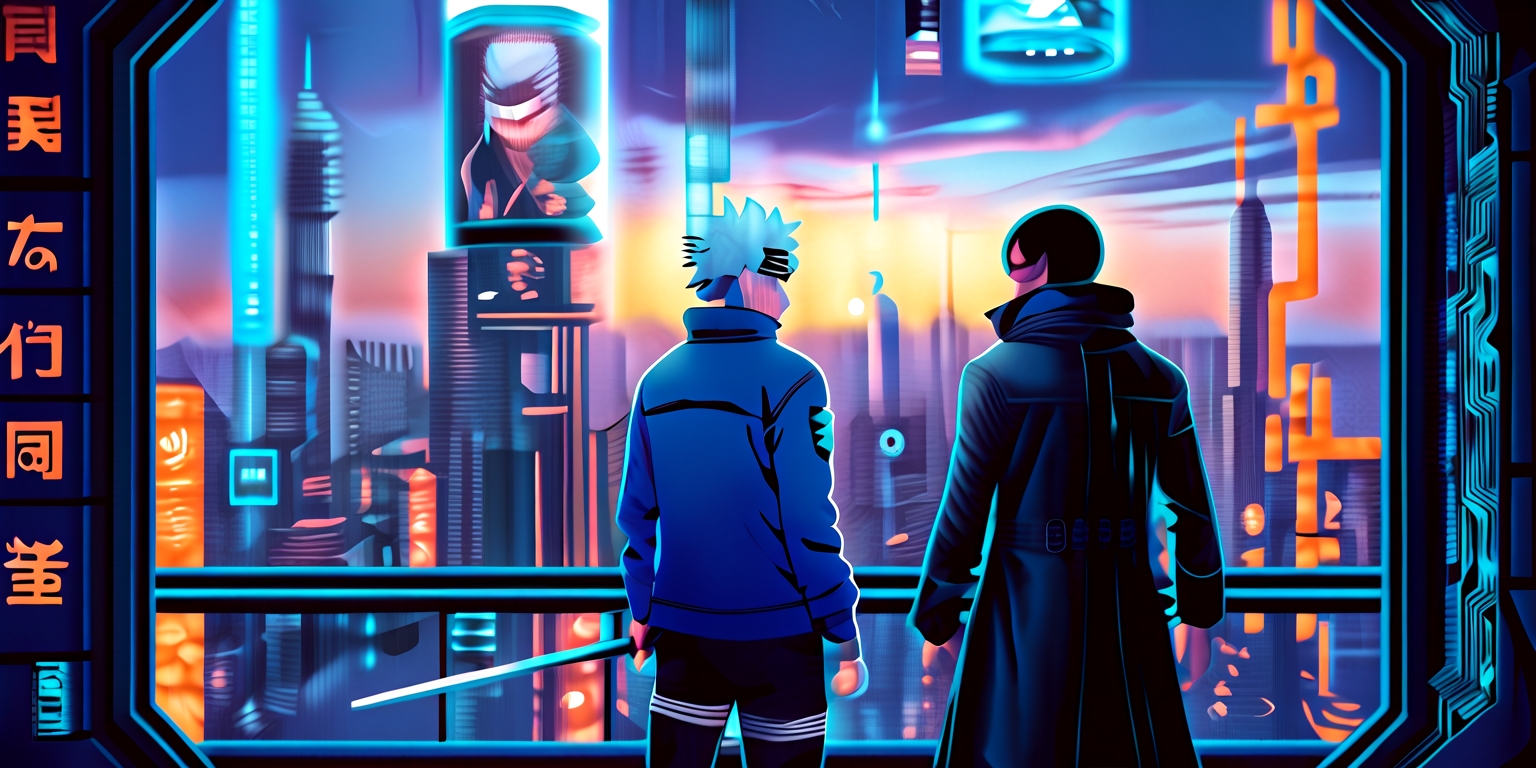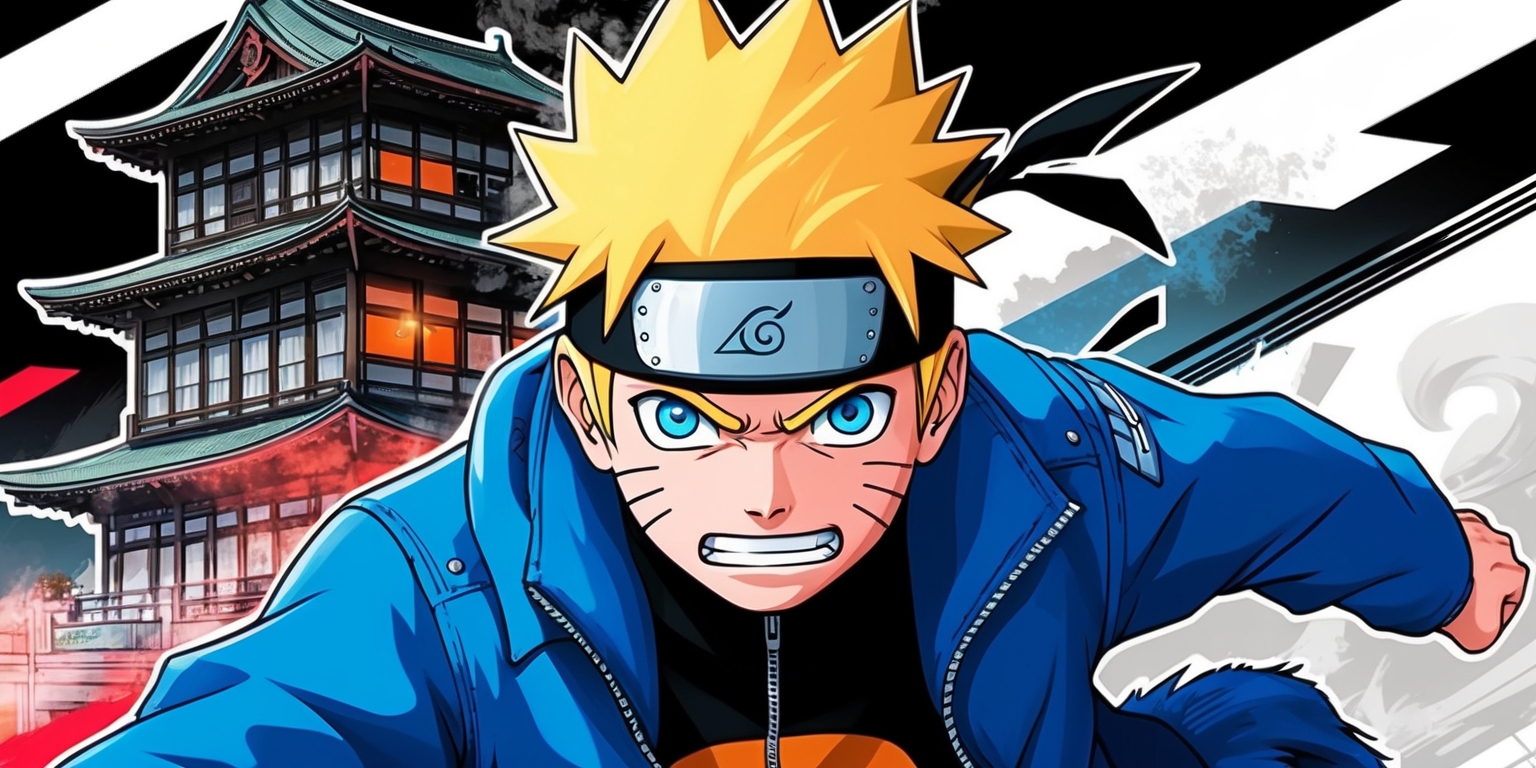Crossing Realms: Exploring the Parallels Between Boruto and The Matrix
- 2025-01-23

In the vibrant world of manga, the excitement surrounding a beloved franchise often extends beyond its pages. The interaction between creators and fans can illuminate the intricate inspirations that breathe life into a story, revealing layers that might not be immediately apparent. Recently, Mikio Ikemoto, the artist behind Boruto, shared some fascinating insights during a public appearance in France alongside Naruto creator Masashi Kishimoto. Their presence sparked discussions about the roots of Boruto's narrative and how it connects not just to those within the Naruto universe, but also to an iconic cinematic universe: The Matrix. The revelations opened up an intriguing dialogue about character development, thematic parallels, and the evolution of storytelling in manga.
Unveiling Connections: Boruto and The Matrix
Central to this discovery is a remarkable comparison between the journeys of Boruto and Neo from The Matrix. Ikemoto pointed out that although they exist in drastically different worlds, the two characters undergo parallel transformations that are significant to their stories. As Boruto navigates his path, he mirrors Neo's evolution from a hesitant figure to one who embraces his abilities. This connection serves as a testament to how narratives resonate across different mediums, enriching both.
The Parallel Journeys
Ikemoto drew an intriguing parallel between the journeys of Boruto and Neo. Initially, both characters find themselves grappling with their identities and destinies. Neo begins as a reluctant hero, while Boruto feels the weight of his lineage as the son of Naruto. This struggle with expectations is central to both narratives, creating a foundation for emotional depth and viewer engagement.
Choice and Identity
A crucial theme within The Matrix is the power of choice, a concept that resonates deeply in Boruto's storyline. Just as Neo faces the monumental decision of whether to take the red pill to discover the truth, Boruto deals under the weight of meeting his father’s legacy. His reluctance and internal conflict echo Neo’s initial doubts about his identity as a savior, presenting a rich psychological landscape for both characters.
Artistic Inspiration: Choreography and Movement

Delving into the artistic aspects, Ikemoto acknowledges the influence of The Matrix's innovative combat choreography on the depiction of battles in Boruto. The high-energy, gravity-defying movements that characterize The Matrix have informed how ninja battles are portrayed, especially as technology evolves in the narrative. This fusion of classical martial arts and contemporary twist keeps the action dynamic and engaging for viewers.
Akira Toriyama's Enduring Influence
While drawing parallels to The Matrix, Ikemoto emphasizes that his primary influence remains the legendary Akira Toriyama, known for works like Dragon Ball. The impact of Toriyama’s storytelling and artistic style is paramount, shaping the essence of the Boruto series and its character arcs. This homage to a classic source shows the interconnectedness of manga and anime through generations.
The Relationship Dynamics: Boruto and Sarada
Another layer of intrigue arises from the relationship between Boruto and Sarada. Speculation has been rife about the nature of their bond, with parallels drawn to familiar dynamics within The Matrix. Many fans see Sarada as akin to Trinity, especially in her strong presence and support for Boruto, emphasizing the value of collaboration in tackling obstacles.
The Potential for Sacrifice
Ikemoto's insights also stir debates regarding the possible future trajectory of Sarada, hinting at the potential for sacrifice akin to Trinity's role in The Matrix. This element of risk and heroism is a staple in narratives, emphasizing the lengths characters will go to protect each other. While such outcomes are not guaranteed, the anticipation surrounding these possibilities heightens viewer engagement.
Building Trust in Rivalry
At the core of Boruto and Sarada's relationship is a foundation of trust, even amidst rivalry. Their bond illustrates that true strength often lies in collaboration and mutual respect. This theme adds a rich dimension to the characters, showcasing how personal relationships can influence individual growth and decision-making.
The Fanbase's Role in the Narrative
The excitement surrounding Boruto's developments also highlights the crucial impact that supporters have in influencing the story. The feedback and theories voiced by the community contribute to the narrative's evolution, acting as a catalyst for creators to explore deeper themes and character arcs.
Exploring Legacy and Expectations
As Boruto grapples with the legacy left by his father, Naruto, a poignant exploration of familial expectations emerges. This dynamic serves to elevate the plot, allowing viewers to reflect on their own experiences with legacy and the pressures that come with it. The narrative fosters relatability, connecting with audiences on a personal level.
Technology's Role in the Shinobi World
The introduction of technology into the shinobi landscape adds a modern twist to traditional ninja lore, allowing for new storytelling opportunities. This shift provides a platform for exploring how technology intersects with established beliefs and practices, further enriching the narrative framework of Boruto.
A Cinematic Inspiration
Ikemoto’s acknowledgment of The Matrix as a source of inspiration raises questions about the broader influence of cinema on manga storytelling. This intersection allows creators to draw from a diverse array of narratives and styles, creating a hybrid storytelling experience that captivates audiences across different media.
The Future of the Franchise
As Boruto continues to unfold, the implications of these intertwined themes promise an exciting journey for fans. The anticipation surrounding character development, plot twists, and potential sacrifices will surely keep audiences engaged as they dive deeper into this evolving story.
Where to Experience Boruto
Fans eager to follow Boruto's adventures can catch up with the latest episodes and chapters available for streaming on various platforms. Engaging with the series not only allows fans to witness these captivating storylines unfold but also invites them into a vibrant community where discussions about character arcs and inspirations thrive.
In summary, the connection between Boruto and The Matrix underscores the intricate layers of character development and thematic depth that resonate throughout both narratives. As fans continue to explore these ties, the shared journey of discovering one's identity and the power of choice remains central to the experience, making it a multifaceted saga worth following. As the narrative unfolds, the excitement surrounding the characters and their intertwined fates, inviting both new and seasoned fans to engage with the saga in profound ways.





